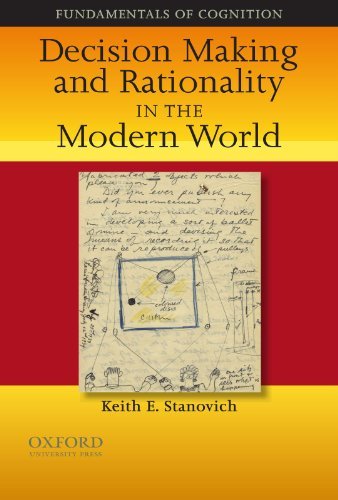What do you think?
Rate this book


Paperback
First published January 1, 2009
how the belief in a particular hypothesis should be updated based on the receipt of new evidence that is relevant to the hypothesis.Alternative or parallel explanations that underlie the book's topic are also taken from such scientific fields as evolutionary psychology and neurobiology.